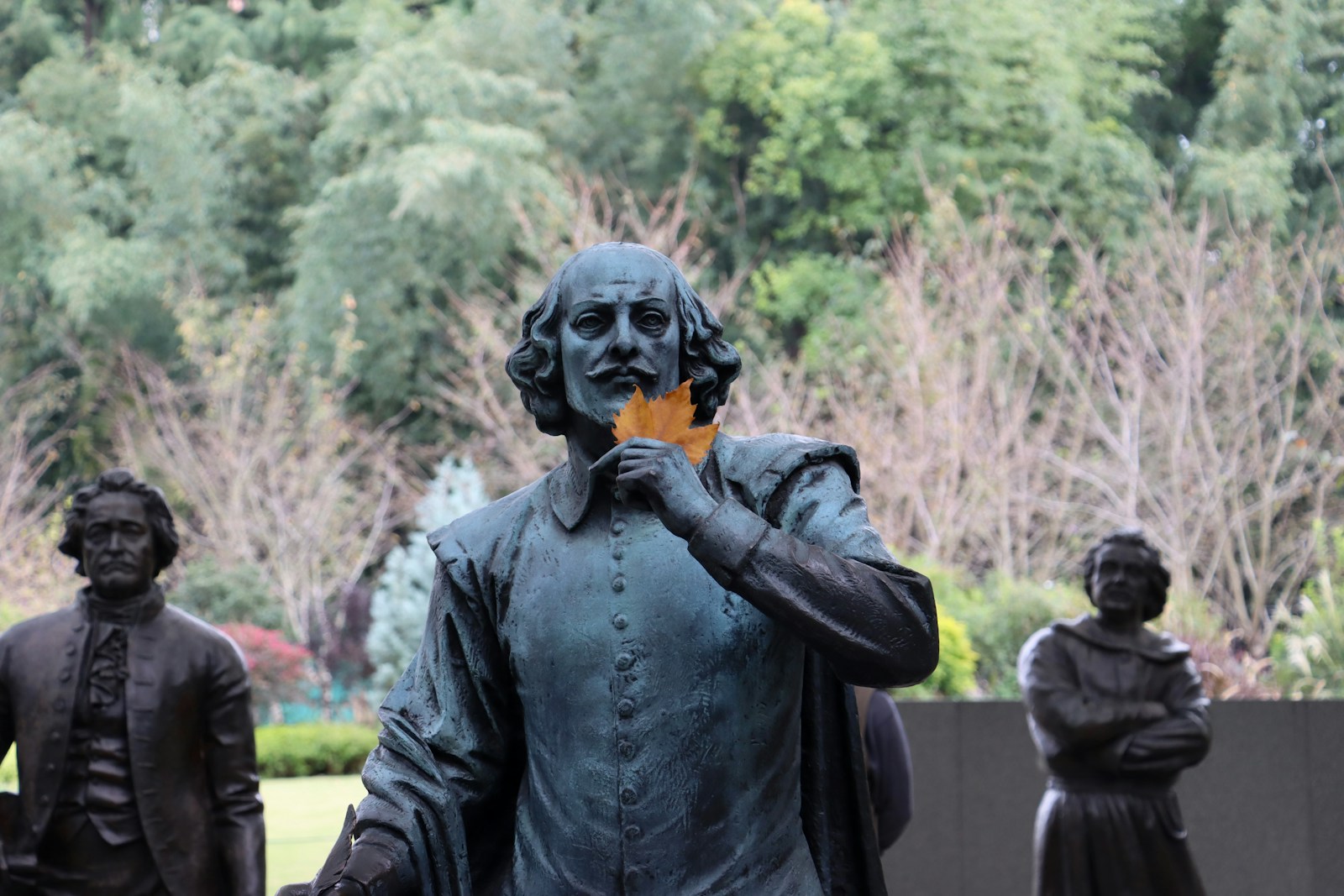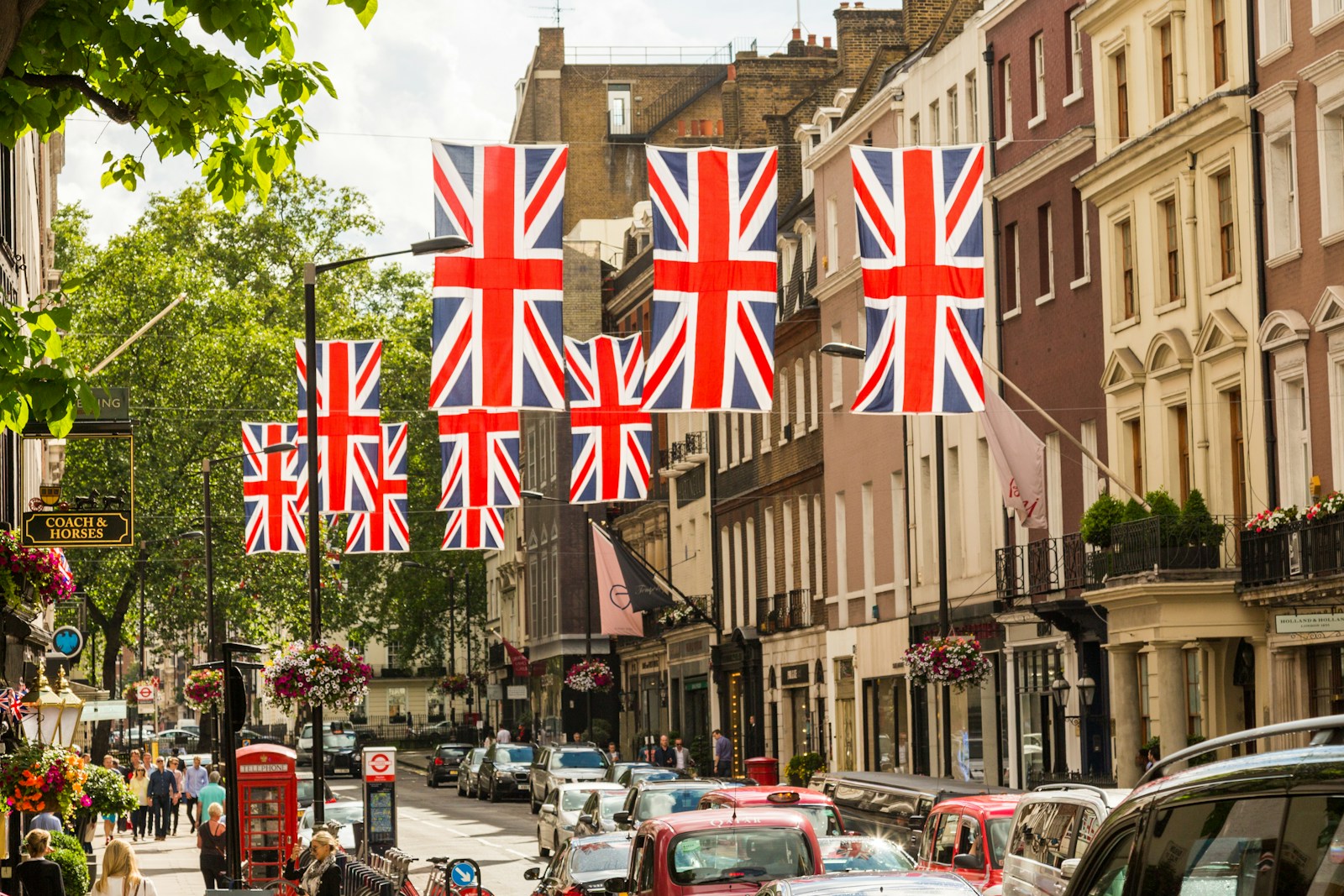The British Words That Have No Translation in Other Languages
Language is an intricate tapestry woven with culture, history, and a touch of quirkiness. The English language, particularly British English, is filled with delightful expressions and words that encapsulate unique concepts, many of which don’t have direct translations in other languages. These words often reflect the British way of life, humor, and social customs. Let’s embark on a journey through some of these charming terms that, while they may not have a one-word equivalent elsewhere, are certainly worth exploring.
1. Gobsmacked
Imagine the scene: you’ve just heard some astonishing news, and your jaw drops in disbelief. That moment of shock is perfectly captured by the word “gobsmacked.” This British term conveys a level of astonishment that can leave you speechless. While many languages have their own ways of describing surprise, “gobsmacked” adds a flair of drama that is uniquely British.
Usage in a Sentence:
“When she told me she was moving to Australia, I was utterly gobsmacked!”
2. Kerfuffle
A “kerfuffle” refers to a commotion or fuss, particularly when it arises from a disagreement or misunderstanding. It’s a light-hearted way to describe a situation that, while perhaps serious, can be viewed with a sense of humor. The word itself sounds playful, which perfectly matches its meaning.
Usage in a Sentence:
“There was quite a kerfuffle over the seating arrangements at the wedding.”
3. Brolly
When the skies open up and rain starts pouring, the quintessential British solution is to whip out your “brolly.” This term is an affectionate shorthand for “umbrella.” Its usage highlights the British penchant for being prepared for the unpredictable weather, which is often a running joke among locals and visitors alike.
Usage in a Sentence:
“Don’t forget your brolly; it looks like it’s going to rain any minute now!”
4. Chuffed
Feeling pleased or delighted about something? You would say you are “chuffed.” This term conveys a sense of pride or happiness in a way that feels genuinely warm and sincere. Unlike the more formal “pleased,” “chuffed” embodies a casual, friendly vibe that is quintessentially British.
Usage in a Sentence:
“I was absolutely chuffed to win the raffle at the charity event.”
5. Plonker
If you’ve ever made a silly mistake or acted a bit foolishly, you might find yourself labeled a “plonker.” This affectionate term delivers a gentle ribbing, often used among friends. It’s not harsh or derogatory; instead, it carries a sense of camaraderie and amusement.
Usage in a Sentence:
“I forgot my mate’s birthday! What a plonker I am!”
6. Snog
Ah, “snog.” This delightful word refers to kissing, specifically a passionate or affectionate kiss. While many languages have various terms for kissing, “snog” has a playful, youthful connotation that makes it particularly charming. It’s a term often used by the younger generation, but it has a nostalgic ring for many adults as well.
Usage in a Sentence:
“They were caught snogging behind the school after the dance.”
7. Naff
Something that is “naff” is considered to be uncool or in poor taste. This term captures a sense of judgment that’s both playful and relatable. What’s particularly interesting about “naff” is that it has evolved over time; once deemed derogatory, it’s now often used in a more light-hearted context.
Usage in a Sentence:
“Those shoes are so naff; you need to get a new pair!”
8. Waffle
To “waffle” means to speak or write at length without getting to the point. It’s often used to describe someone who is rambling on, possibly trying to avoid giving a straight answer. While other languages may have synonyms for this behavior, “waffling” captures a particular essence of British procrastination in conversation.
Usage in a Sentence:
“Stop waffling and tell me what you really think!”
9. Skive
If you’re looking for a way to describe the act of avoiding work or responsibilities, “skive” is your word. It’s light-hearted and implies a cheeky sort of rebellion, often associated with taking a break from school or work in favor of leisure activities. The British seem to have a delightful knack for turning laziness into an art form.
Usage in a Sentence:
“I decided to skive off work and go to the beach instead.”
10. Twit
A “twit” is someone who is foolish or silly, but again, in a very gentle and somewhat affectionate way. This term evokes a sense of playfulness and is often used among friends or family. It’s a reminder that while someone might be acting on the foolish side, they’re still loved.
Usage in a Sentence:
“Don’t be such a twit; of course we want you to join us!”
Conclusion
The English language is a marvelous creation, filled with words that can express emotions, actions, and concepts in ways that are deeply tied to culture. The British expressions we’ve explored highlight the whimsical nature of the language and its speakers. These terms not only showcase the uniqueness of British humor and social customs, but they also offer a glimpse into the everyday life and attitudes of the people.
Though some of these words may seem trivial, they serve a greater purpose—they encapsulate experiences, feelings, and moments that resonate within the culture. So, whether you find yourself feeling gobsmacked, chuffed, or skiving off work with a brolly in hand, remember that language is not just about communication; it’s also about connection and shared understanding. Embrace these delightful British words, and who knows? You might just find yourself incorporating them into your own vocabulary.



